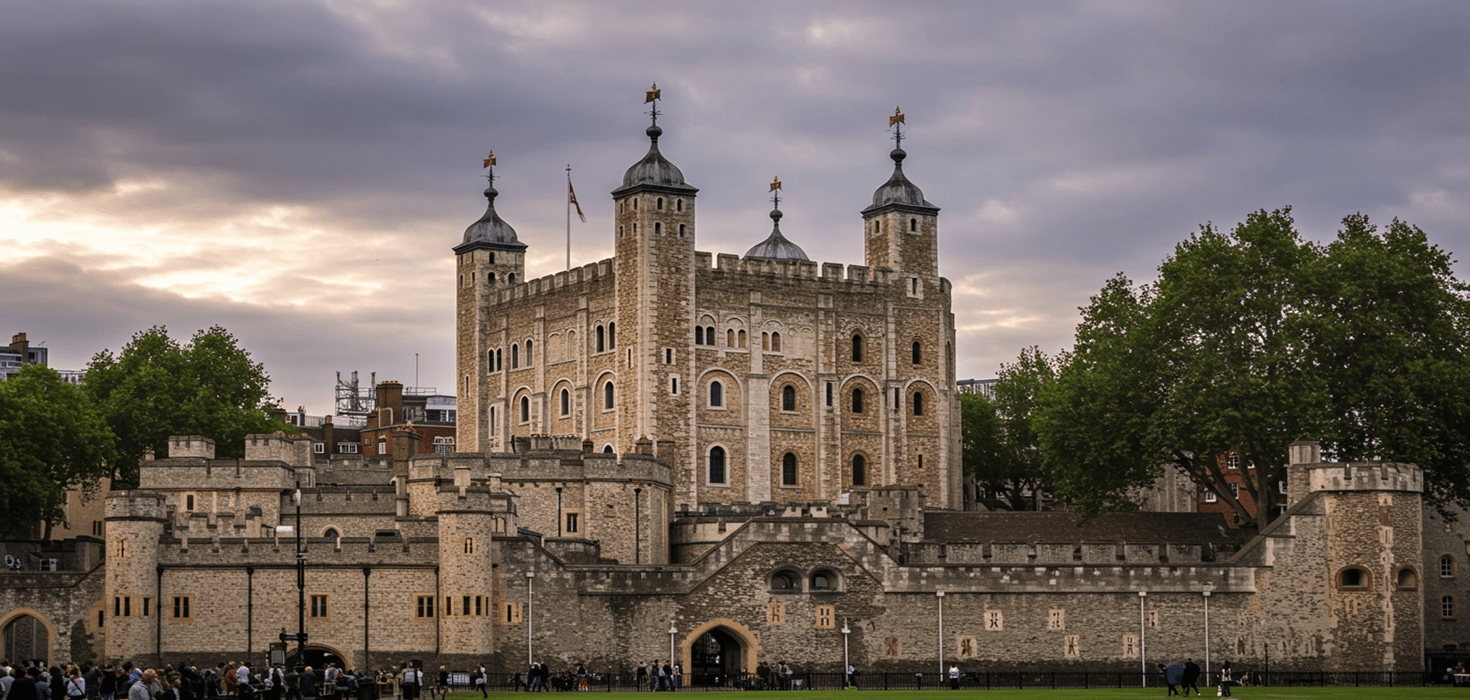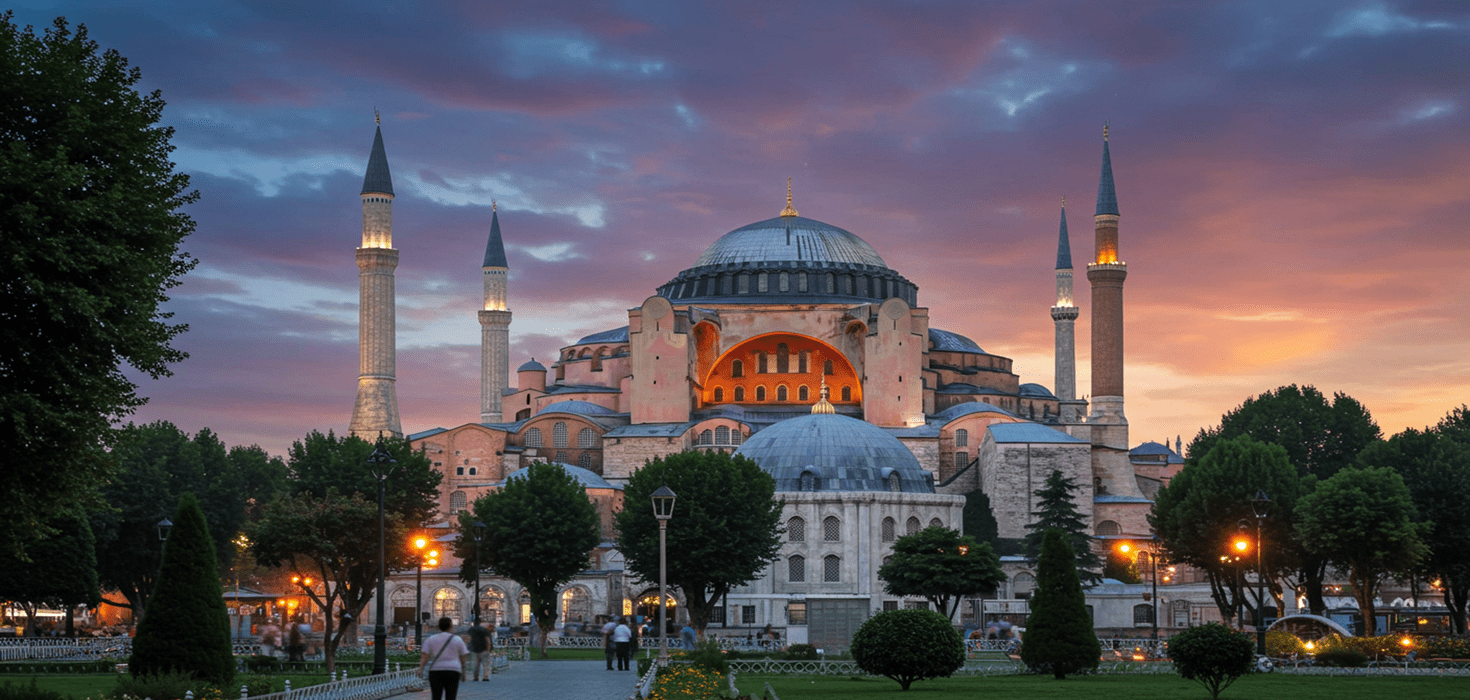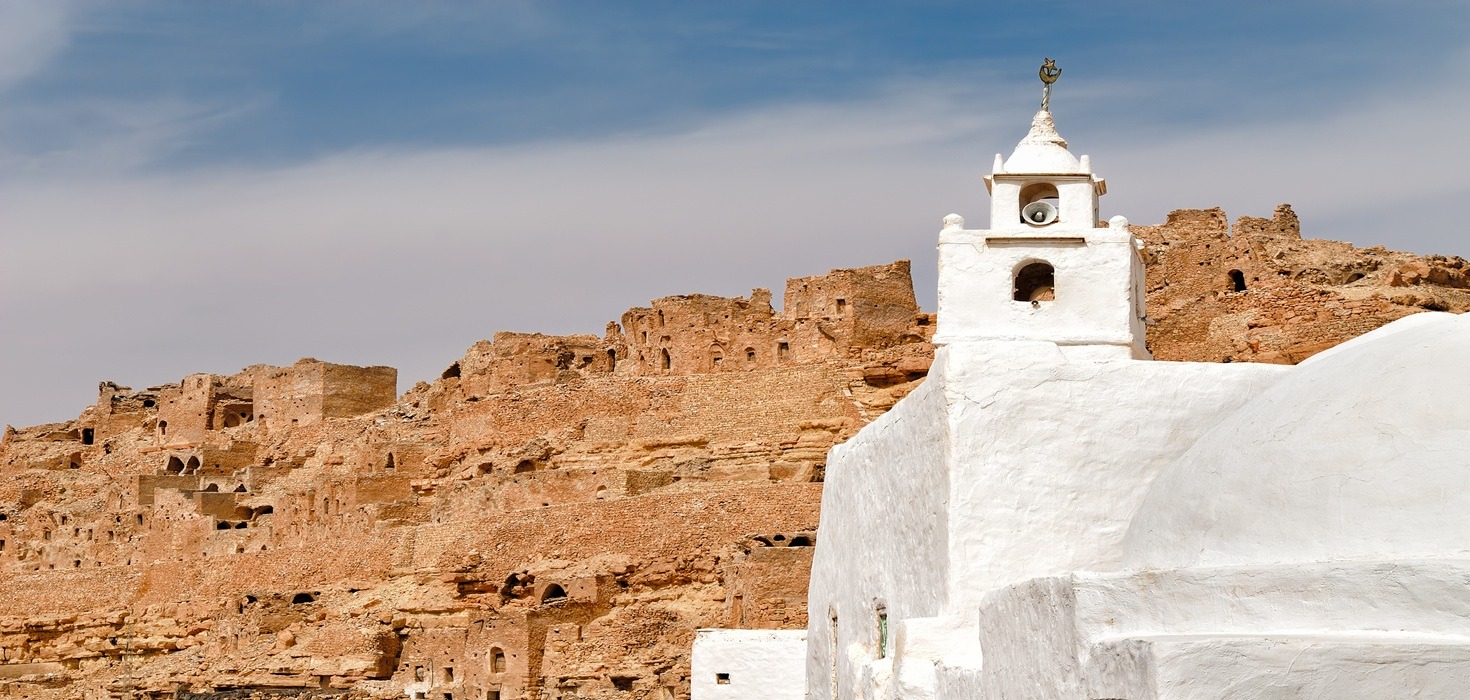Introduction
Welcome to the stunning Pantheon in Paris, a breathtaking monument that stands as a testament to the rich history and culture of France. Nestled in the heart of the Latin Quarter, this architectural marvel is not just a feast for the eyes; it’s a place where history whispers tales of the past. Visitors flock here to explore its grand dome, intricate interiors, and the hallowed grounds where some of France’s most illustrious figures rest. Whether you’re a history buff, an architecture enthusiast, or simply looking for a unique experience, the Pantheon has something for everyone.
As you stroll through its majestic halls, you’ll discover the stories of renowned thinkers and creators who shaped French culture. Expect to be captivated by the Pantheon’s neoclassical design, its impressive size, and the profound sense of reverence that fills the air. This visitor guide will walk you through the Pantheon’s fascinating history, its architectural wonders, and travel tips to make your visit unforgettable.
Discovering the Historical Significance of the Pantheon
The Pantheon’s history is as rich as the city it resides in. Originally built as a church dedicated to St. Genevieve, it was transformed into a mausoleum during the French Revolution, reflecting the changing tides of French society. This magnificent structure became a resting place for some of the most influential figures in French history, including the brilliant philosopher Voltaire, the social contract theorist Rousseau, and the pioneering scientist Marie Curie. Each of these individuals has left an indelible mark on the world, and their final resting place in the Pantheon serves as a tribute to their legacies.
As you wander through this historic site, you might be surprised to learn that during the French Revolution, the Pantheon was briefly repurposed as a temple of reason, symbolizing the radical changes sweeping through France. This lesser-known fact adds another layer of intrigue to your visit, highlighting the Pantheon’s role not just as a mausoleum but as a symbol of national identity and cultural significance.
Architectural Marvels: The Pantheon’s Design and Structure
Prepare to be awestruck by the Pantheon’s stunning neoclassical architecture! Designed by the visionary architect Jacques-Germain Soufflot, the building features a grand dome that soars high above the city, rivaling even the iconic structures of Paris. As you stand beneath this magnificent dome, take a moment to appreciate its intricate details and the stunning oculus that allows natural light to flood the interior.
The Pantheon’s design draws inspiration from ancient Roman temples, and its grandeur is reminiscent of other famous Parisian landmarks, such as the Panthéon. The harmonious proportions and elegant columns create a sense of balance and serenity, making it a perfect spot for reflection. As you explore the interior, don’t miss the stunning murals and sculptures that adorn the walls, each telling a story of its own.
With its impressive architecture, the Pantheon is not just a historical site; it’s a masterpiece that stands as a testament to the artistic and cultural achievements of France. Whether you’re an architecture aficionado or simply a curious traveler, the Pantheon promises to leave you inspired and in awe.
Art at the Pantheon: Exhibitions and Cultural Events
The Pantheon isn’t just a historical site; it’s also a vibrant hub for art and culture! Throughout the year, the Pantheon hosts a variety of art exhibitions and cultural events that are sure to captivate visitors. Whether you’re an art lover or just curious about contemporary interpretations of history, there’s something for everyone.
Currently, the Pantheon is showcasing an exhibition titled "Echoes of the Past," which explores the influence of historical figures interred here on modern art. This exhibition features works from both established and emerging artists, each paying homage to the legacies of great minds like Voltaire and Rousseau. Be sure to check the Pantheon’s official website for any upcoming events or special exhibitions during your visit!
But that’s not all! The Pantheon regularly hosts lectures, guided tours, and workshops that delve deeper into the art and history of this iconic monument. These events provide a unique opportunity to engage with experts and gain insights into the cultural significance of the Pantheon. So, keep your eyes peeled for the latest happenings!
A Fun-Filled Day: Suggested Itinerary for Visiting the Pantheon
Ready to maximize your visit to the Pantheon? Here’s a suggested itinerary that will help you make the most of your time at this magnificent site and its surroundings!
Morning: Explore the Pantheon
Start your day early to avoid the crowds. Aim to arrive right when the Pantheon opens its doors. Begin your visit with a guided tour, which will provide you with fascinating insights into the history and architecture of the building. Don’t forget to take your time wandering through the grand halls and marveling at the stunning dome!
Lunch: Local Delights
After soaking in the history, take a short stroll to one of the nearby cafes for lunch. Try out Café de Flore, a historic café that has been frequented by famous intellectuals. Indulge in a classic French dish, like a Croque Monsieur, paired with a café au lait.
Afternoon: Nearby Attractions
Post-lunch, head over to the Luxembourg Gardens for a leisurely walk. Enjoy the beautifully manicured gardens and perhaps grab a book from the nearby library to read under a tree. If time permits, visit the Musée de la Vie Romantique, a charming museum dedicated to the Romantic era, just a short walk away.
Evening: Cultural Events
Wrap up your day by returning to the Pantheon for any evening events or exhibitions. If there are no events, consider dining at a nearby restaurant like Le Procope, the oldest café in Paris, where you can enjoy a delicious dinner while soaking in the ambiance of history.
Hidden Gems Near the Pantheon: Exploring the Surroundings
While the Pantheon is undoubtedly a must-see, the surrounding area is brimming with hidden gems waiting to be discovered! Venture beyond the main attractions and uncover the charm of the Latin Quarter.
Just a short walk from the Pantheon, you’ll find the Musée de la Vie Romantique. Tucked away in a quaint little street, this museum celebrates the Romantic era and its artists. The beautiful garden café is perfect for a quiet coffee break surrounded by lush greenery.
Another hidden treasure is the Luxembourg Gardens. This stunning park is ideal for a leisurely stroll or a picnic. With its beautiful fountains, statues, and manicured lawns, it’s a perfect spot to unwind after your visit to the Pantheon.
For a taste of local life, don’t miss the charming streets filled with artisan shops and cozy bistros. Grab a pastry from a local bakery or enjoy a glass of wine at a little café while you soak up the vibrant atmosphere.
Culinary Delights: Dining Options Around the Pantheon
The culinary scene around the Pantheon is as rich as its history! From traditional French fare to modern bistros, there’s something to satisfy every palate.
For a classic dining experience, visit Le Procope, where you can savor dishes like coq au vin or beef bourguignon. This historic restaurant has been serving guests since the 17th century and is a favorite among locals.
If you’re in the mood for something casual, Chez Janou offers a delightful Provençal menu with a lovely courtyard to enjoy your meal. Their signature dish, the ratatouille, is a must-try!
For dessert, indulge in a delicious pastry from La Pâtisserie des Rêves. Their éclairs and tarts are not to be missed! Pair your sweet treat with a cup of coffee for the perfect end to your meal.
Practical Information for Travelers: Tips for Visiting the Pantheon
Before you head off to the Pantheon, here’s some essential information to make your visit smooth and enjoyable!
Opening Hours
The Pantheon is open daily from 10 AM to 6 PM, with extended hours during the summer months. It’s best to check the official website for any updates on opening hours and special events.
Ticket Prices
Admission to the Pantheon costs around €11.50. Keep an eye out for discounts available for students, seniors, and large groups. If you’re planning to visit multiple attractions, consider getting a Paris Museum Pass, which offers great value!
Accessibility
The Pantheon is wheelchair accessible, with ramps and elevators available for visitors with mobility challenges. It’s always a good idea to inform staff if you need assistance during your visit.
Best Times to Visit
For a quieter experience, aim to visit early in the morning or later in the afternoon. Weekdays tend to be less crowded than weekends, making it an ideal time for a more relaxed exploration.
Free Entry Days
Don’t forget that the first Sunday of every month offers free entry to many museums and monuments in Paris, including the Pantheon! This is a fantastic opportunity to experience the site without the ticket fee.
Seasonal Travel Insights: Best Times to Visit the Pantheon
The Pantheon is a year-round attraction, but each season offers a unique experience. Here’s a quick guide to help you choose the best time to visit!
Spring (March to May)
Spring is a beautiful time to visit Paris, with blooming flowers and mild weather. The gardens around the Pantheon come alive, making it perfect for leisurely strolls. Plus, you can catch various cultural events as the city shakes off winter!
Summer (June to August)
Summer attracts the most visitors, and while the Pantheon can be bustling, the vibrant atmosphere is contagious. Enjoy long daylight hours and consider joining evening events or outdoor exhibitions.
Autumn (September to November)
Autumn brings stunning foliage and a more tranquil experience. The crowds thin out, allowing for a more intimate visit. Don’t miss the seasonal events that often take place during this time!
Winter (December to February)
Winter at the Pantheon is magical, especially during the holiday season. The atmosphere is cozy, and you can enjoy fewer tourists. Wrap up warm and enjoy the festive decorations around the city!
Safety and Health Guidelines for Visitors
Your safety and comfort while visiting the Pantheon are top priorities. Here are some important guidelines to keep in mind:
Health Protocols
As of now, health measures may still be in place, including mask requirements and social distancing. Be sure to check for any updates before your visit to stay informed about the latest guidelines.
Emergency Services
In case of emergencies, medical facilities are located nearby. The staff at the Pantheon are trained to assist and can direct you to the nearest hospital or clinic if needed.
Visitor Information
For any questions during your visit, don’t hesitate to approach a staff member. They’re there to help ensure you have a fantastic experience at the Pantheon!
Commonly Asked Questions (FAQs) About Visiting the Pantheon
Got questions about your visit to the Pantheon? Here are some answers to frequently asked inquiries:
Can I take photos inside the Pantheon?
Yes, photography is allowed! However, be respectful of other visitors and avoid using flash.
Are guided tours available?
Absolutely! Guided tours are highly recommended as they provide deeper insights into the history and architecture of the Pantheon. Audio guides are also available for those who prefer to explore at their own pace.
Is the Pantheon family-friendly?
Definitely! The Pantheon welcomes families, and children will enjoy exploring the grand spaces and learning about the famous figures interred here. There are also resources available to make the visit enjoyable for younger guests.
What are the best times to visit for a quieter experience?
Weekdays, especially in the morning or late afternoon, are generally less crowded. Visiting during the off-peak season can also enhance your experience!
Fun Facts and Anecdotes About the Pantheon
Let’s wrap up this guide with some fun facts and quirky anecdotes about the Pantheon that will surely pique your interest!
Did you know that the Pantheon was originally built as a church? Its transformation into a mausoleum during the French Revolution was a significant symbol of the changing societal values of the time. Today, it stands as a proud monument to French history and culture!
Another interesting tidbit: the Pantheon’s dome is one of the largest in the world, rivaled only by St. Peter’s Basilica in Vatican City! The oculus at the top of the dome is not just a stunning architectural feature; it also serves as a natural light source, illuminating the interior beautifully.
Finally, the Pantheon has a unique feature: the Foucault Pendulum, which demonstrates the rotation of the Earth. This fascinating scientific exhibit is a must-see while you’re there!
With its rich history, stunning architecture, and vibrant cultural scene, the Pantheon is a treasure trove waiting to be explored. So, pack your bags and get ready for an unforgettable adventure at one of Paris’s most iconic landmarks!










